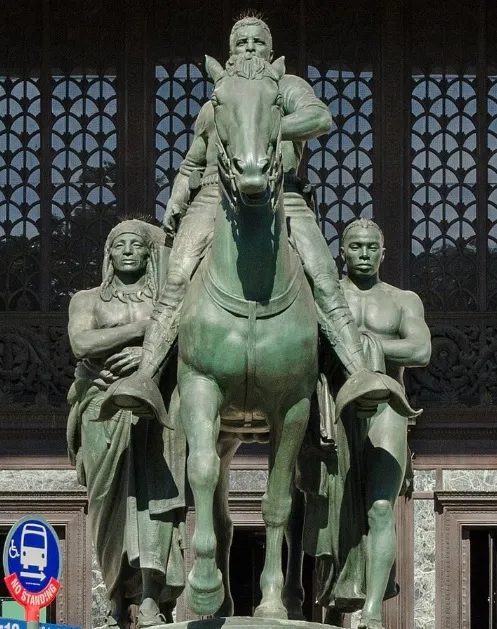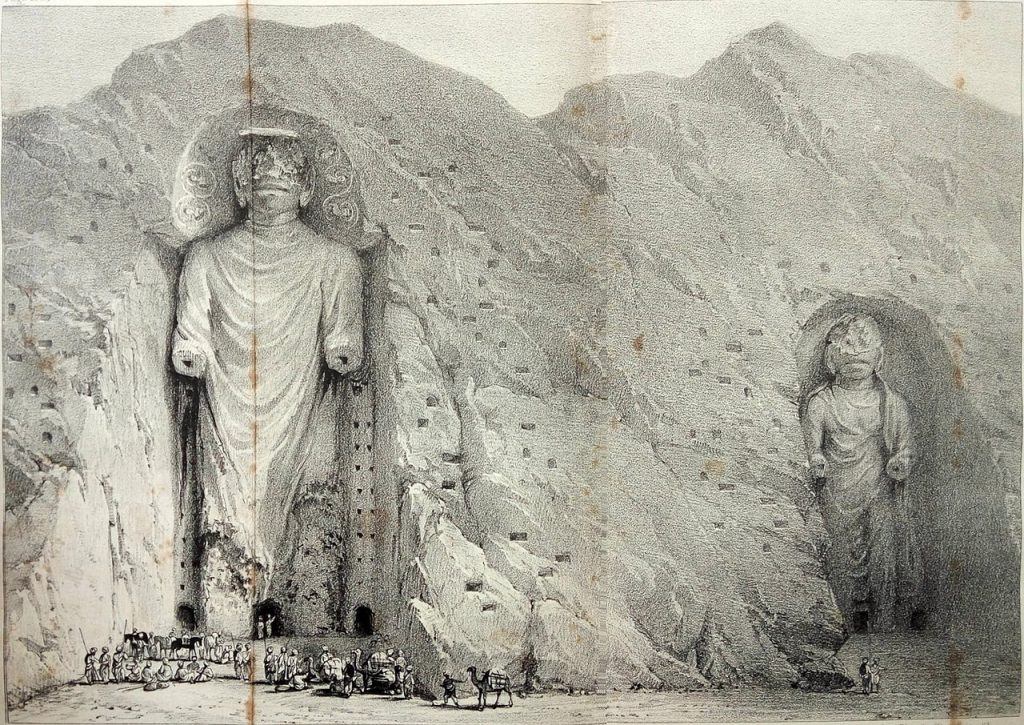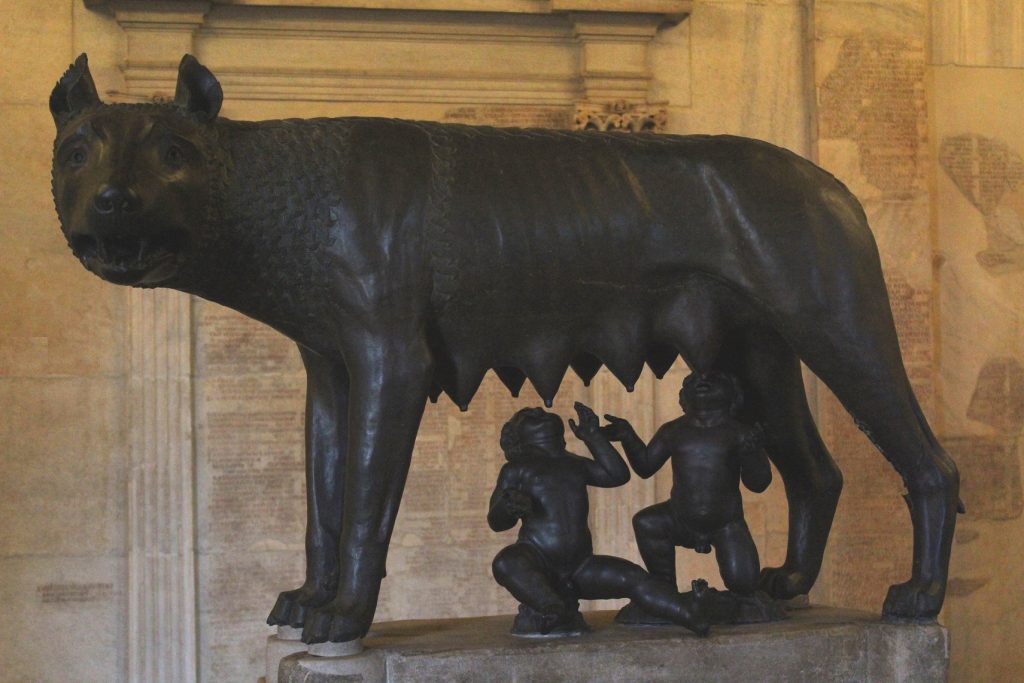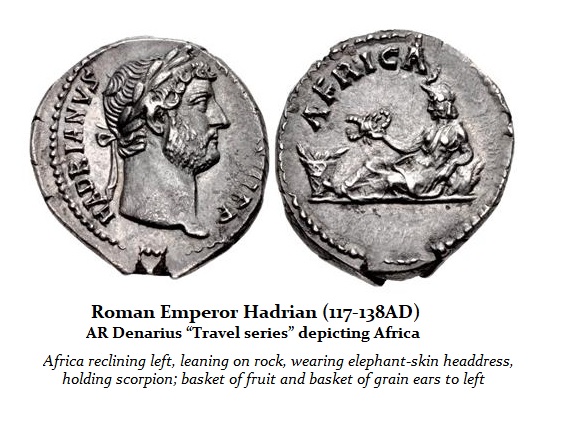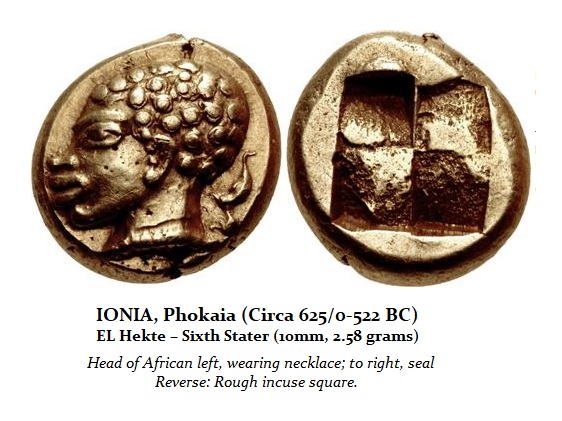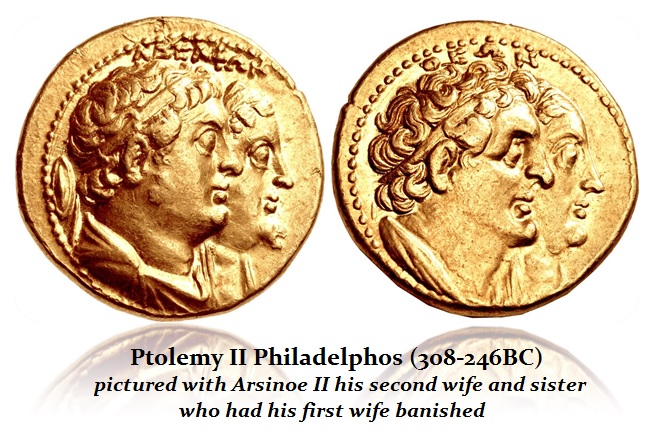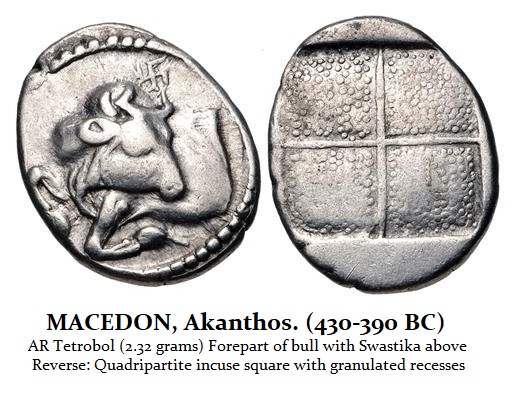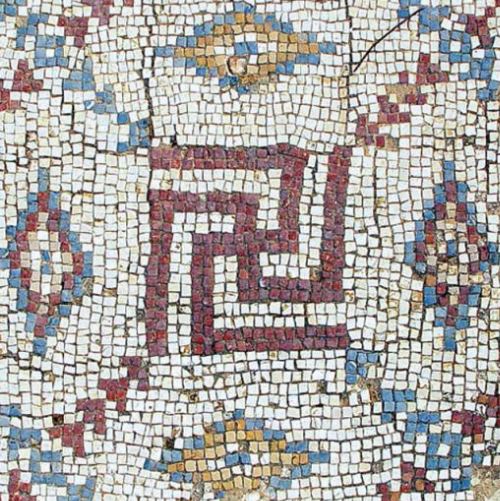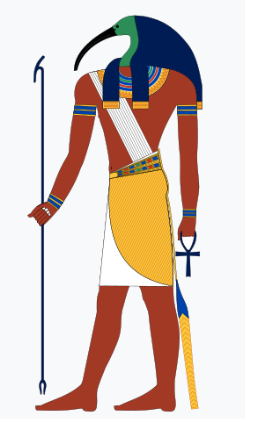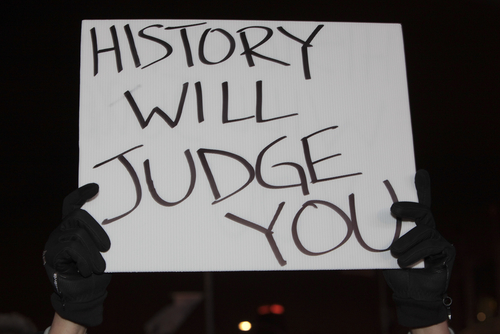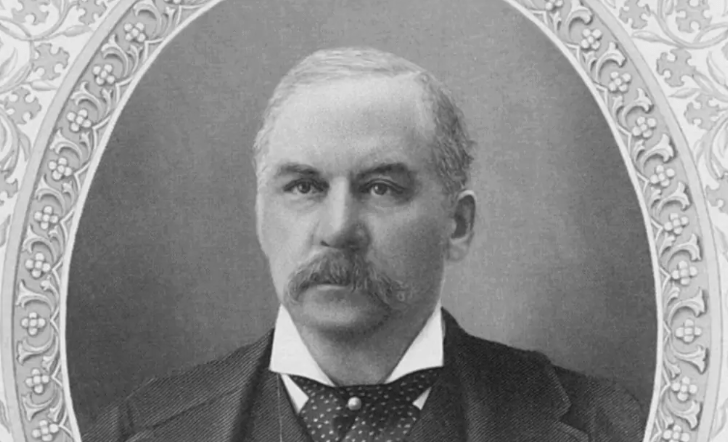They are going to remove the statue of Teddy Roosevelt, who ironically was a socialist, as they claim the statue is now racist because it portrays an American Indian and a black African. Teddy Roosevelt was certainly not a slave owner. The statue reflected the two continents being America (the American Indian), and Africa because Roosevelt had taken a year-long expedition to Africa. Is a statue depicting a black person representing Africa automatically racist?
If you look at the footage of various attacks on statues, you will notice that these are not purely blacks protesting. You will see a lot of whites in these movements. This is reflecting more civil unrest which is also frustration over the lockdown and losing jobs. The job losses have hit the youth very hard for they are often the people in service industries just getting states like waitresses and stock boys. With movies, plays, restaurants, malls, and small shops closed, it has been the youth thrown out of work with no unemployment for they were not full-time employees.
These protests are not really thought out. In some cases, this is the equivalent of the Taliban destroying the monumental statues of Gautama Buddha carved into the side of a cliff in the Bamyan valley in the Hazarajat region of central Afghanistan. Then there were the museum raids by ISIS, who destroyed statues they disagreed with. This would be akin to blowing up the Pyramids because the Egyptians were pagans.
This is the statue in the Capitoline Museum in Rome depicting Romulus and Remus suckling a she-wolf based upon the myth of the founding of Rome. Should this statue now be removed because it represents somehow cruelty to animals?
Here is a Roman coin of Emperor Hadian (117-138 AD) with a reverse depicting Africa as a female with an elephant headdress, holding a scorpion, with a basket of wheat symbolizing the Egyptian food source of grain for the world. It is symbolic like the Teddy Roosevelt statue.
This is a rare coin of the ancient city of Phokaia in Ionia (modern Turkey) struck in a natural alloy of gold and silver (electrum) 560-545 BC. It depicts the head of an African man facing left with the civic badge of Phokaia behind the head. Some would say this is racist today because it was struck by Greeks. To the Greeks, Africans were called Aethiopians and they appear regularly in Greek art. The Greeks were well acquainted with Africans since they appear often in Greek literature as mythical characters and warriors.
Indeed, Africans were known in the Greek world as early as the Minoan period. They were often mercenary soldiers – not slaves. There are records of them fighting for the Minoans as well as in the army of Memnon at Troy. Even the Persians hired black mercenary soldiers who appeared in the army of Xerxes in the battle of Marathon (see Frazer, J. G., 1913: Pausanias’ Description of Greece, II. Macmillan, London, p 434; and Graindor, P., 1908: Les Vases au Nègre. Musée Belge, p 29).
As time changes, so do attitudes. Rewriting history seems to be just wrong, particularly when we apply our understanding of what symbols mean today and compare them to the past. When they named the city of Philadelphia, they took the Greek meaning of “brotherly love” and saw that in the Christian context. In Greek, it meant that you married your sister — a different kind of brotherly love.
The Swastika symbol has a modern connection to Hitler and the Nazis. However, it has been a symbol found on ancient coins of Europe as well as coins of India. The symbol goes back to the Indus Saraswati Civilization as early as 1500 BC. Hindu tradition used the Swastika as a favorable symbol that was widely used in festivals, such as marriage rituals.
The Swastika symbolizes lightning bolts which represented the thunder god and the king of the gods in Vedic Hinduism, but to the Greeks, it represented Zeus in their religion. To the Romans, it represented Jupiter, and in Scandinavia/Germany it represented Thor. Here it is displayed over a bull on a coin of Macedonia (430-390 BC). It was discovered also in the excavation of Troy.
Here we find it in a mosaic that was excavated in a Byzantine church in Shavei Tzion (Israel), so we find it even in Christianity. This symbol has been around for thousands of years and it had nothing to do with racism or fascism.
The German archaeologist Heinrich Schliemann (1822-1890) discovered the Swastika at the site of ancient Troy during his excavation. Schliemann connected it with similar shapes found on pottery in Germany for it was also prevalent as a symbol of Thor. Schliemann speculated that it was a “significant religious symbol of our remote ancestors.” Hitler appears to have adopted it as a reference to the ancient German culture which became the Aryan culture he was promoting and the Nazis then adopted eugenics.
The Swastika is clearly a different symbol to different cultures but was generally religious. Because of Hitler, it tends to be banned in Western modern culture. So should statues like that of Teddy Roosevelt, which has nothing to do with slavery but the representative symbol of two continents, be destroyed? Are we embarking on book burning or blowing up monuments because today they are being reinterpreted as something different from their origin like Philadelphia? We do live in confusing times.

